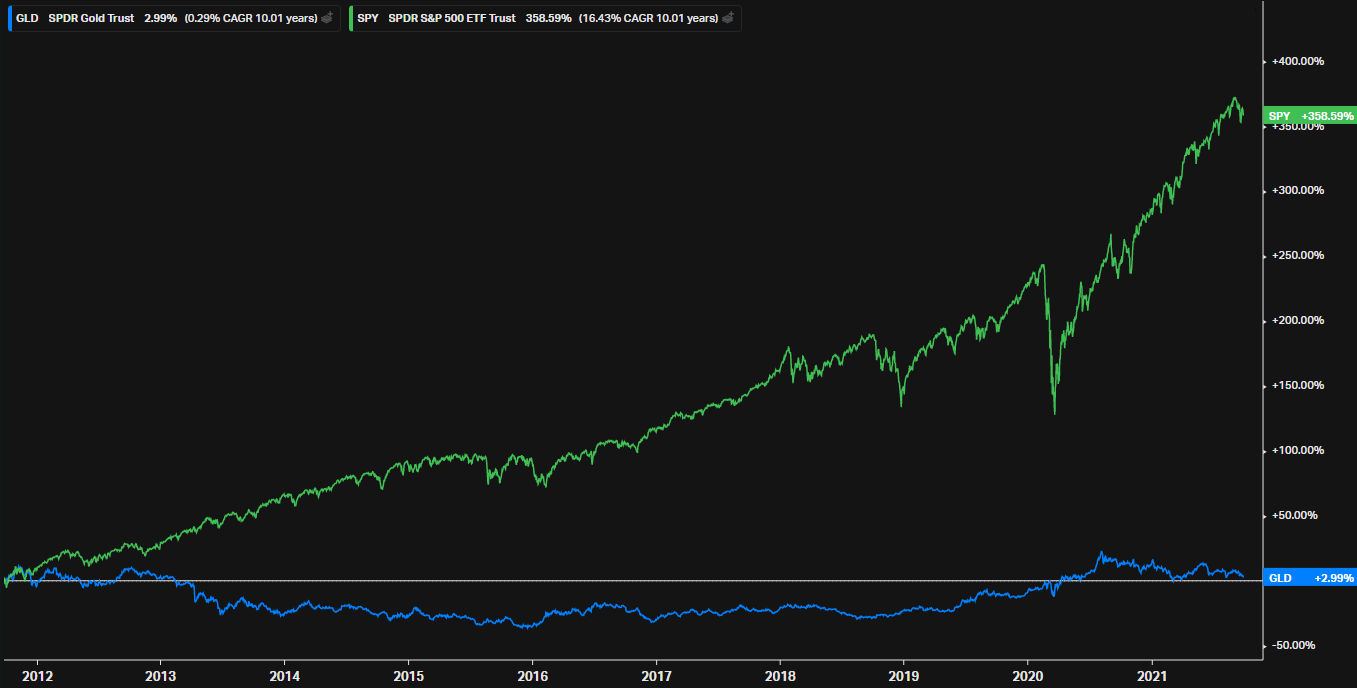 Contributed by: Sandra Adams, CFP®
Contributed by: Sandra Adams, CFP®
It’s no surprise that our population is aging at a rapid pace. Currently, more than 46 million older adults, age 65 and above, live in the U.S.; and this number is expected to grow to more than 90 million by 2050! In any given year, there are more than 50 million people providing care in the U.S., many of whom claim they did not have a choice in taking on their caregiving responsibilities.
I had the privilege of attending the annual Alzheimer’s Association-Michigan Chapter/Wayne State University Institute of Gerontology – A Meaningful Life with Alzheimer’s Conference recently. Much of the conference focused on how to make sure that caregivers are being taken care of, so they can then provide the best care to others. Many caregivers are so focused on those they are caring for that they’ll skip their own doctor appointments (54%) or miss work (65%), which puts them in potential medical and financial harm, as well as risk for caregiver burnout for the sake of focusing on the person they are caring for.
Action Steps to Help Caregivers Survive Burnout:
1. Acknowledge that you matter — take time for yourself!
2. Make a plan for your mind, body, and soul — take time to rest your mind, exercise your body, and feed your soul!
3. Don’t sweat the small stuff — don’t worry about things you cannot control!
4. Stay socially active — take time to do things with family and friends that are not in a caregiving capacity.
5. Find someone to talk to about your frustrations — whether it’s a friend, a caregiver support group, or a therapist.
As a caregiver, you can be overwhelmed with so many responsibilities. You may have a family of your own and care for older adult parents, or you may be caring for a spouse while holding down a job or other responsibilities. Whatever your caregiving role, it is never easy. It is important to remember that you are not in it alone; there are others to rely on and delegate to, whether in health care, financial, legal, or other roles. And it is most important to take care of yourself. It takes a happy, healthy caregiver to take care of others in the best way possible. If you or anyone you know is serving as a caregiver and are in need of support, please reach out. We are always happy to help.
Sandra Adams, CFP®, is a Partner and CERTIFIED FINANCIAL PLANNER™ professional at Center for Financial Planning, Inc.® and holds a CeFT™ designation. She specializes in Elder Care Financial Planning and serves as a trusted source for national publications, including The Wall Street Journal, Research Magazine, and Journal of Financial Planning.





















